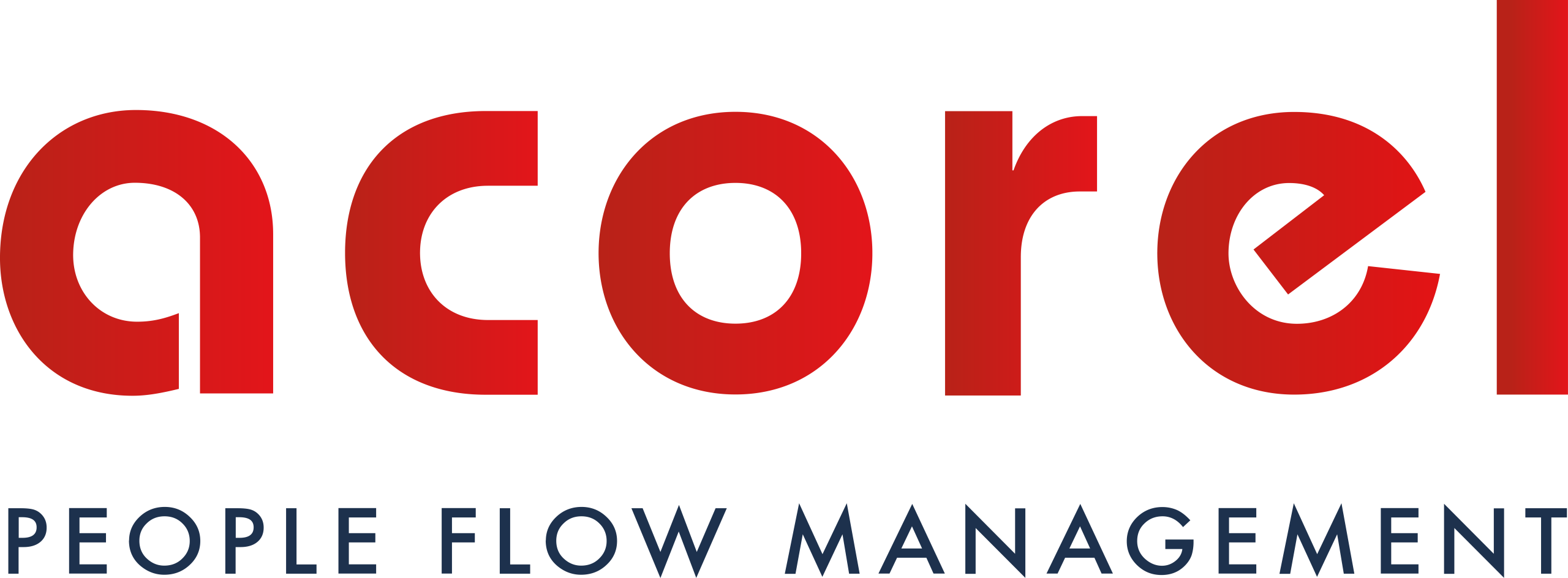Recent crises such as railway strikes, weather disruptions, and high tourist traffic (which increase urban mobility) underscore the importance of quickly adjusting transportation services to meet the immediate needs of passengers. Whether in train stations or aboard transport vehicles, the smoothness of travel is now a central concern.
Revolutionizing urban mobility : The impact of real-time counting data on passenger flow management
The integration of sensors and automatic counting systems in trains and stations allows for the collection of accurate real-time data on passenger presence and movements. These solutions enable quick adaptation to unforeseen circumstances and facilitate appropriate responses.
⏳ Monitoring in real time
Real time counting data provide a dual opportunity : on one hand, they allow for the quick detection of congestion areas, facilitating the optimization of infrastructure through space reorganization, improved signage, or the addition of extra equipment. On the other hand, they ensure immediate responsiveness to unforeseen events, such as delays or incidents, thereby reducing disruptions for passengers.
🚅 Vehicle frequency adjustment
Rail transport operators can use real-time counting data to adjust vehicle frequency based on demand. For example, during peak hours, a higher number of vehicles can be deployed to accommodate the influx of passengers, while outside of peak hours, the frequency can be reduced.
🗺️ Adjusting itineraries and passenger safety
The analysis of real-time data allows not only for the adjustment of rail transport routes to avoid congestion areas and better serve zones experiencing unexpected crowds but also for continuous monitoring of high-density areas. This facilitates crowd management and helps prevent incidents related to overcrowding, thereby ensuring passenger safety.

⚙️ Instant queue management
Counting data can be used to monitor queues at critical locations, such as ticket counters, security checks, and boarding areas. This enables immediate actions to be taken, such as deploying additional staff, opening more counters, or redirecting passengers to less crowded areas.
📢 Informing passengers in real time
Passenger information systems can integrate counting data to provide accurate, real-time information about crowd levels in stations (such as estimated wait times or service changes). This information can be communicated through mobile apps, display boards, or public announcements, allowing travelers to adjust their routes or modify their travel times.
♻️ Reduction of carbon footprint
More efficient flow management can help reduce greenhouse gas emissions by avoiding unnecessary trips and optimizing routes.
These innovative solutions, based on real-time analysis of counting data, contribute to more efficient and responsive passenger flow management, thereby improving the quality of rail transport services and the user experience. This dynamic approach aims to strengthen user confidence in the rail transport network and helps ensure a safer environment.
ACOREL provides a real-time passenger occupancy measurement solution through its innovative computer vision technology based on a neutral network and CCTV cameras.
For more information, click here
